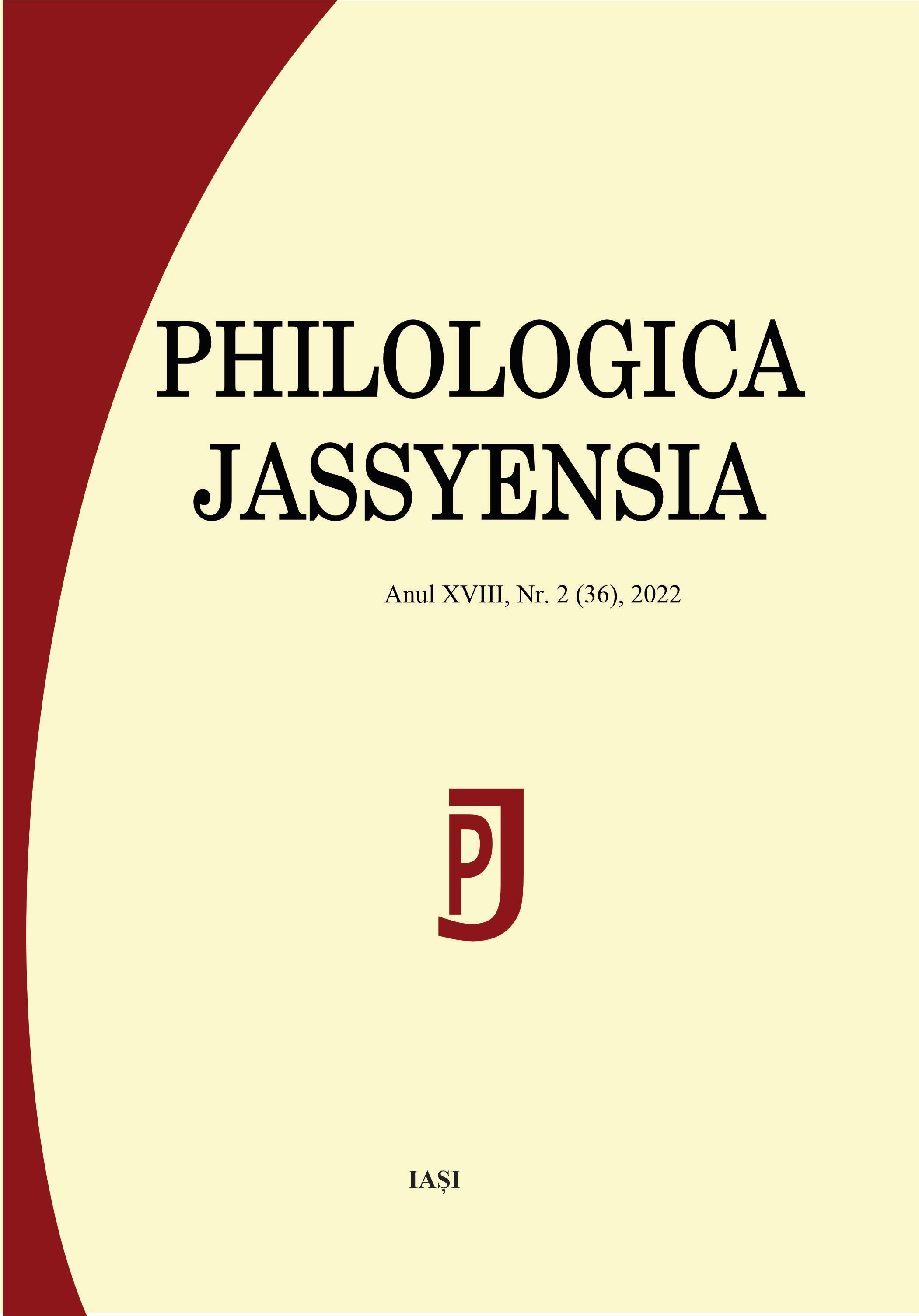Planuri ale narațiunii în romanul Regina străzii de Gabriela Melinescu
Narrative Levels in the Novel Regina străzii (The Street’s Queen) by Gabriela Melinescu
Author(s): Ana SanduloviciuSubject(s): Romanian Literature
Published by: Editura Tracus Arte
Keywords: narrative levels; theme of exit; symbols; allegory; dream;
Summary/Abstract: Gabriela Melinescu’s novel titled Regina străzii (The Street’s Queen), first published in French in Sweden in 1988, presents the reader with an emblematic universe for the writer in exile, an imaginary world laden with haunting images of childhood and youth. The city, the neighborhood, the street, as well as the real world characters that were a source of inspiration for the writer, will be sublimated in the novel, creating a fictional space that often evokes dreams, while narrative elements and the plot, are replaced symbolic dreams, expectations, and the characters’ inability to act.The most important theme of the book is the exit, the character’s attempt to transgress the space in which they live, in which they are forced to live, that of Teiul Mare Street, of the neighborhood and of the gray and sad city. The novel is a parable of an extremely difficult period of the Romanian history, that of the communist period. There are no precise spatial-temporal coordinates, only suggestions, similar contexts, and figures that refer, however, to well-known characters of that age, such as shoemaker Zeno, for instance. The protagonists are surrounded by an aura of mystery and sadness, living only with the hope that they will one day escape this world which is enclosing them like a shell, and in which almost nothing happens. They usually relate to the past, recalling events from a different time, in which life had brightness and people could enjoy and live with hope for a future of change or transformation. The novel, which consists of thirty intertwined stories, has a pronounced allegorical touch. We can speak of an allegorical-mystical and poetic fantasy, as a kind of fairy tale in which emblematic characters fulfill destinies directed from the shadows by a mysterious puppeteer. Zora, Aaron, Fosca lead their lives in the most banal way, unlike the vulnerable and only seemingly sensitive Sandora. She lives more trying to decipher the dreams she has, and wandering at night on the deserted streets of the city. In terms of writing, several plans can be detected, the most visible being that of the daily “real”, sometimes drawn by the narrator in an ironic spirit, vis-à-vis some emblematic characters for that historical period. Another level is that of allegory, supported by a dense fabric of symbols of existence, dream and death. The novel also has a fantastic level, which develops from the desire of some characters to transgress the real and to live more in dream, trying to decipher signs sent from the afterlife.
Journal: Philologica Jassyensia
- Issue Year: XVIII/2022
- Issue No: 2 (36)
- Page Range: 155-162
- Page Count: 8
- Language: Romanian

